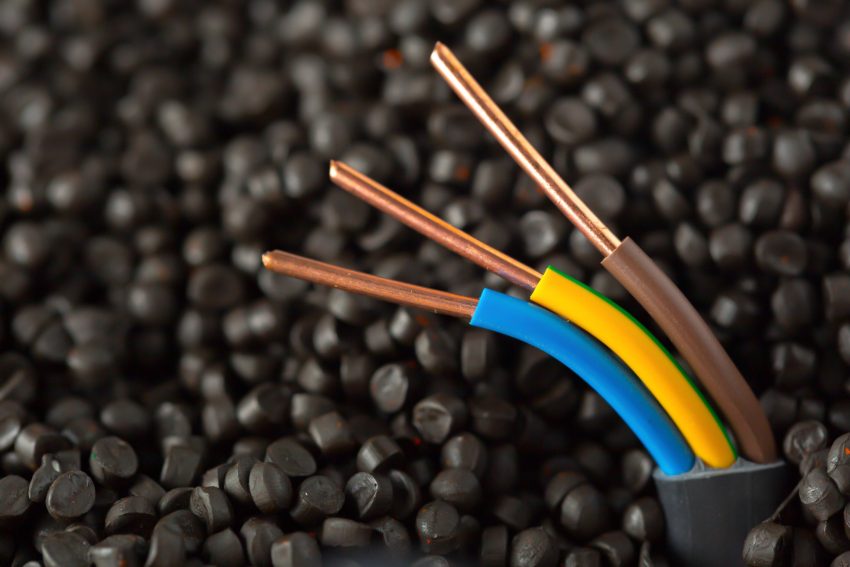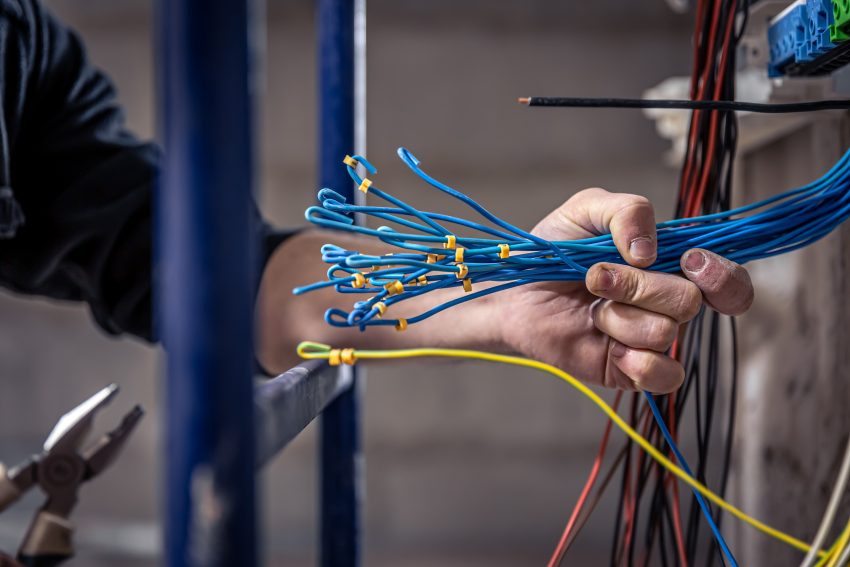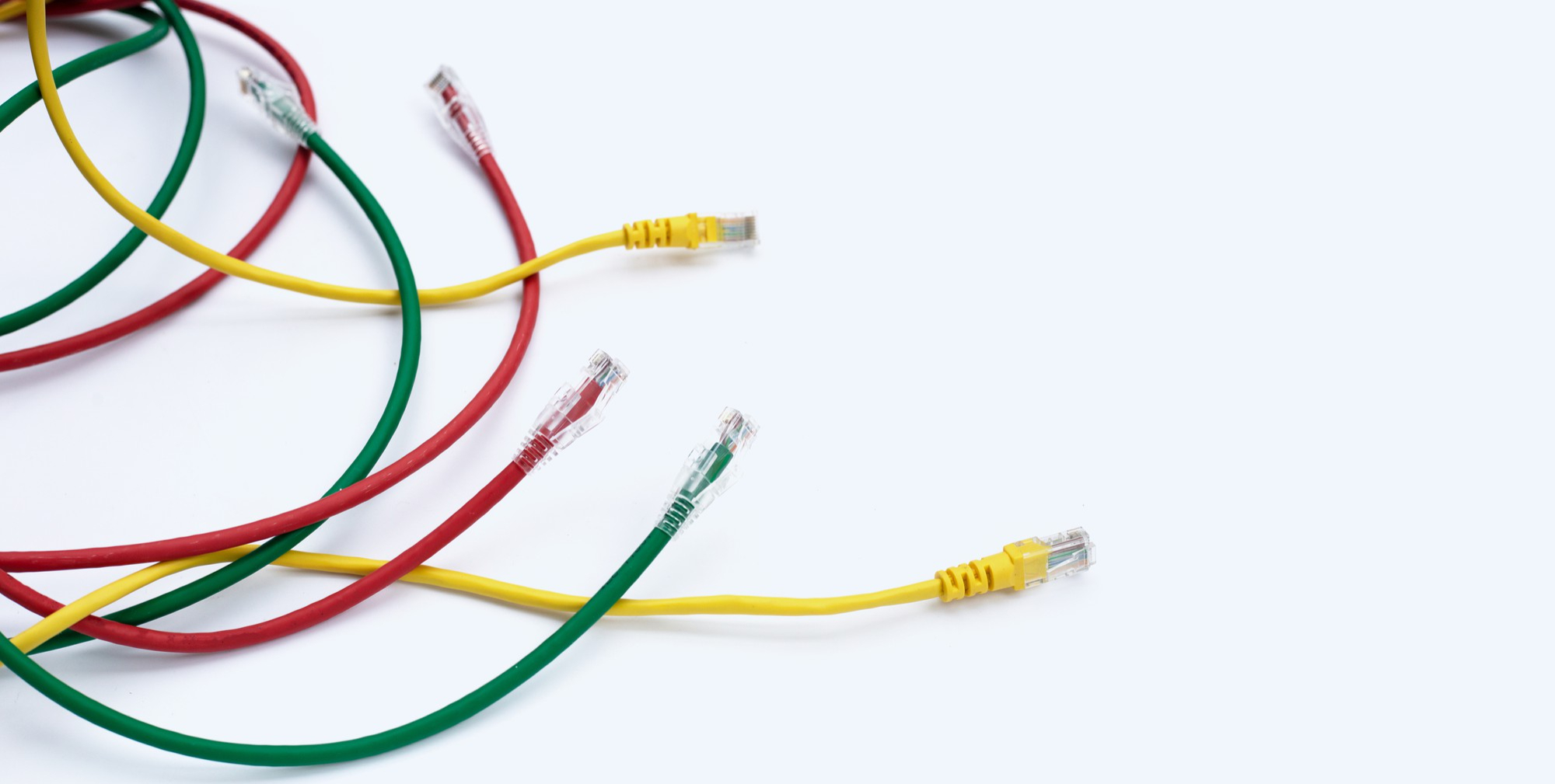Safety and efficiency in the modern electrical systems are mainly concerned with the choice of cables to be used in transmitting power. The cable is the foundation of all electrical installation work, in residential buildings or in industrial plants, or even in major infrastructure projects. The cable current carrying capacity is one of the most…
Category: Cable Ampacity
Top Factors That Influence Cable Current Carrying Capacity in Electrical Installations
When designing or maintaining any electrical installation, one crucial consideration is the cable current carrying capacity—the maximum amount of electrical current a cable can safely conduct without overheating. This capacity is not a fixed value; instead, it varies based on several environmental and design-related factors. Engineers and electricians must account for these variables to ensure…
Top Factors Affecting Cable Ampacity in Residential and Commercial Installations
When designing or upgrading an electrical system, one of the most critical considerations is cable ampacity — the maximum amount of current a cable can safely carry without overheating. Ensuring that wires and cables can handle the electrical load is essential not only for system efficiency but also for preventing hazards such as fires and equipment…
Understanding Cable Ampacity: A Complete Guide
Introduction to Cable Ampacity When it comes to electrical systems, one term that plays a vital role in safety and performance is Cable Ampacity. But what exactly does it mean? In simple terms, cable ampacity refers to the maximum amount of electric current a cable can safely carry without overheating. At Trident Techlabs Limited, we…




